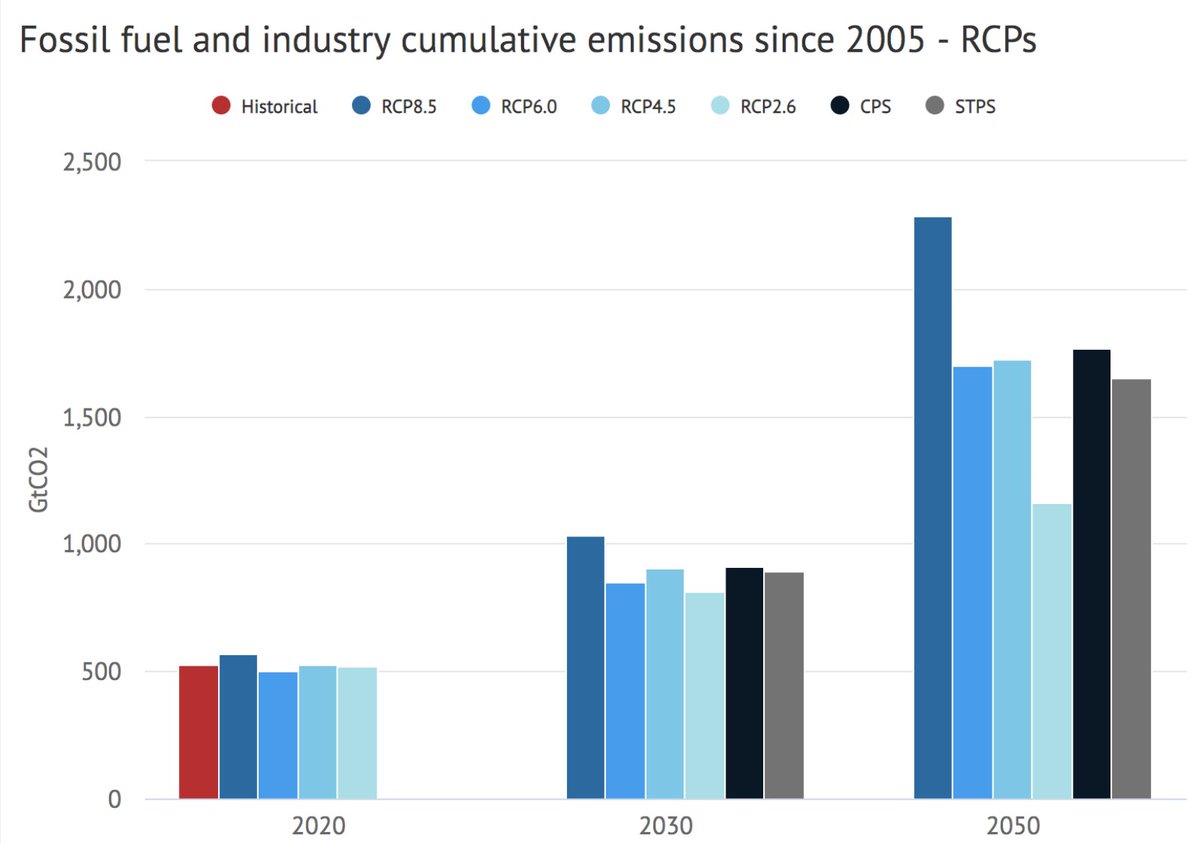
Ambitious climate policy is going to be a major challenge in a divided government with a conservative court. But that doesn't mean we can't make real progress over the next four years.
A short thread: 1/7
A short thread: 1/7
We can continue to make clean energy cheap. There is a strong bipartisan consensus for things like ARPA-E and more spending on RD&D, which is particularly important outside the power sector where clean energy alternatives are less readily available. 2/7
We can still likely pass some big infrastructure bills, modernizing our power grid, enhancing our resiliency to climate change, and create jobs in the process. 3/7
We can secure California's right to effectively set the nation's vehicle fuel economy standards by dropping the challenge to their clean air act waiver, even in the absence of new federal fuel economy standards. We can support states in enacting more ambitious climate policy. 4/7
We can restore and strengthen Obama-era regulations on methane emissions, as well as reversing all the other Trump-era environmental rollbacks. 5/7
We can get a lot of things done by executive action, though just how much depends on how activist the conservative majority on the Supreme Court chooses to be. 6/7
This is not the game-changing moment that many were hoping for, and we will be stuck working within the narrow confines of bipartisan climate solutions for at least the near-term. It makes our work harder, but also all-the-more important. 7/7
As an addendum, we can also ensure that federal scientific agencies like NASA, NOAA, and the EPA can continue to do high-quality science without political interference. 8/7
• • •
Missing some Tweet in this thread? You can try to
force a refresh






